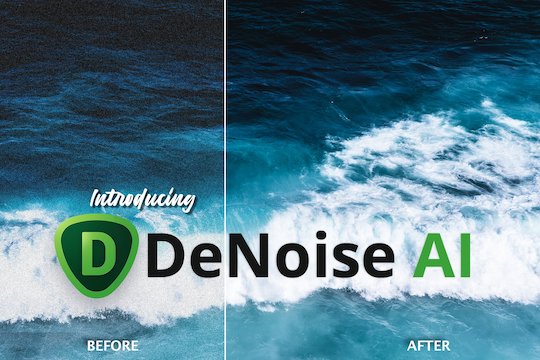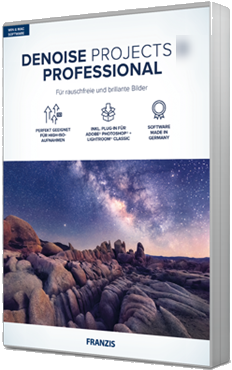



Then I do any further needed sharpening on a copy image that has been resized for printing. For exported JPEGs for web presentation, from either PS or LR, I’ve never felt any further sharpening was needed if I use the recommended setting for downsizing. I adjust for appearance of the master file on a monitor (viewed at 100%). You should always be opening in PS as a 16-bit file for the most tonal overhead, and viewing the image at 100% for maximum accuracy (one pixel on the monitor maps to one pixel in the image, so there is no interpolation going on). Of course you don’t have the tonal overhead you did with the raw file, but the heavy lifting should be done by this stage. This is also a stage where you can revert to the Camera Raw filter for things like Shadows, Highlights, Texture, Clarity and Dehaze, if desired.
#NEAT IMAGE VS TOPAZ DENOISE AI PRO#
Nik Color Efex Detail Extractor, Pro Contrast and Tonal Contrast (or other equivalent tools) can now bring up darker areas with less noise and allow you to complete your tonal adjustments. Now make another duplicate layer (or a composite layer if you masked any areas) and you have a clean image for cloning and other work. Sharpen offers previews for the 3 modes, which you need to compare. After the adjustment is done, mask any areas where sharpening has gone too far. Duplicate that layer again and do sharpening, if needed, with Topaz Sharpen AI. The first thing I do is NR with Topaz Denoise AI, but I turn off its sharpening adjustment. I then go to PS and make a copy layer of the BG. I leave the default NR and small amount of sharpening in the LR Develop module (same with ACR), and do minimal adjustments that would change the amount of noise in different tonal areas, such as lightening with the Shadows slider.


 0 kommentar(er)
0 kommentar(er)
